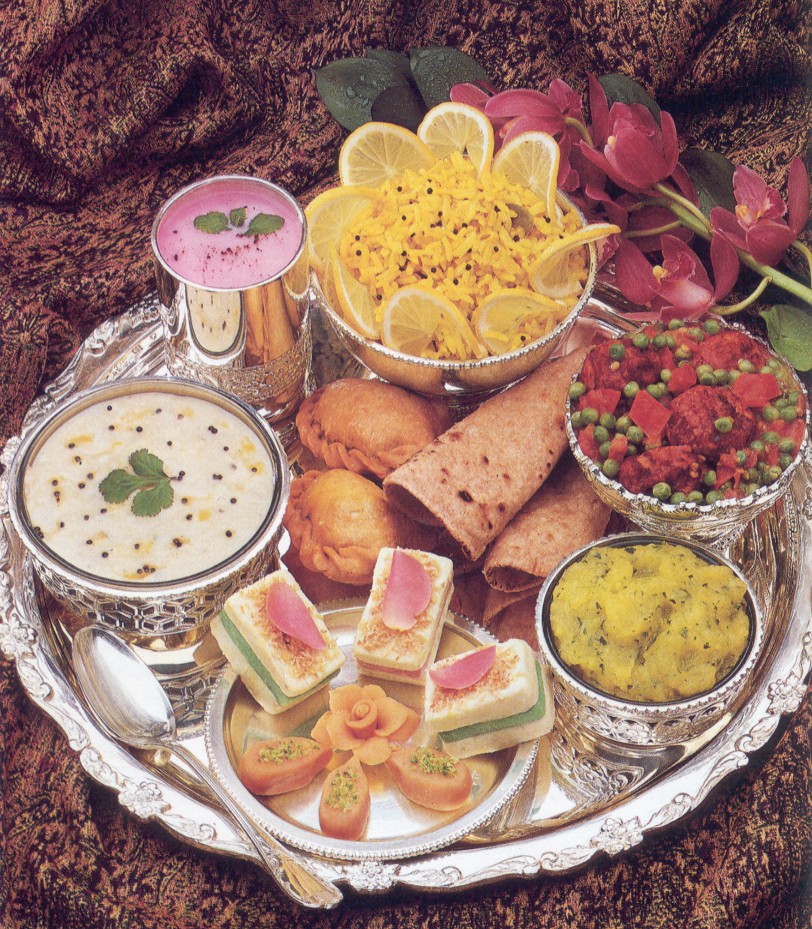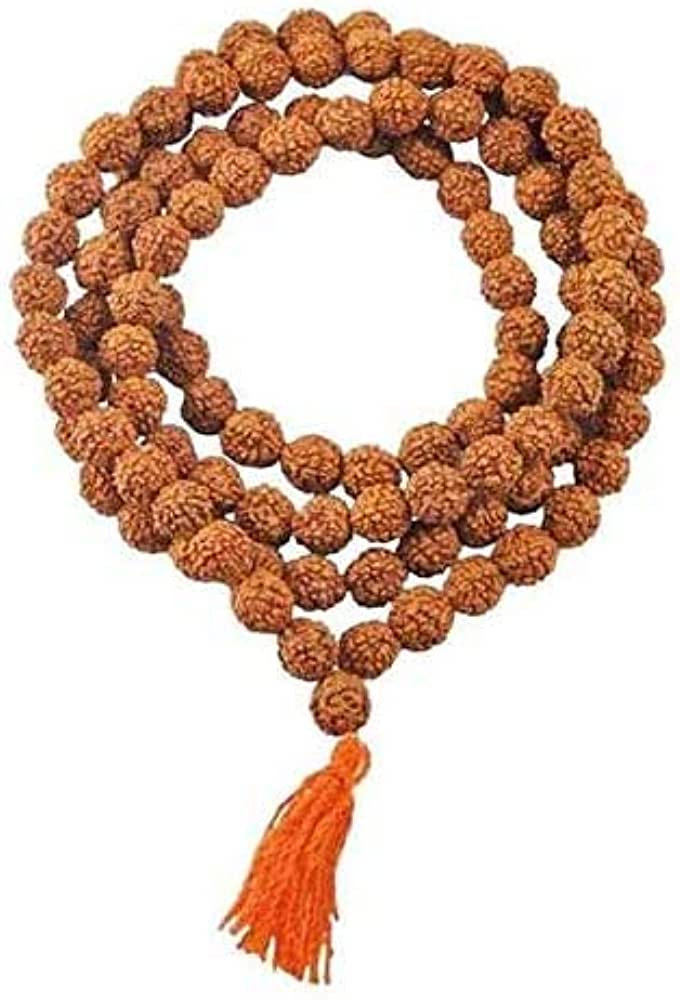How many types of naivedya are there?
How many types of naivedya are there?
The time for daily worship of the deity is usually the first quarter of the morning. If the kitchen is ready at this time, then there is no harm in offering 'Mahanaivedya' of food items like pulses, rice and vegetables. But if the entire kitchen is not ready at the time of worship, then offer naivedya of rice mixed with ghee and sugar or offer naivedya of only rice, ghee, sugar, chapati, parantha, vegetable and peda. This naivedya should be consumed by the worshipper alone. If possible, distribute it to everyone as prasad.
The naivedya offered at the time of Naimittik Vrat Puja is called 'Prasad Naivedya'. This naivedya is made of items like semolina and modak. At the time of Naimittik Mahapuja, make small bites of Sanjivak Naivedya and distribute it to the friends and relatives present as prasad. Take Mahanaivedya of food items in small portions as prasad. Some Vaishnavas offer all the food items as naivedya, but this is only a matter of faith. In fact, it is appropriate to offer naivedya to God in one plate.
In some areas, separate naivedya is offered to the deities situated in different places of the house. If the deities established in the place of worship in the house - Ganapati, Gauri and Jivantika etc. are all in one place, then it is convenient to offer naivedya from one plate. But if, apart from the daily deities, occasional deities like Gauri-Ganapati etc. and the deities relevant to the rituals of yagya etc. are established in different places, then there is a practice of offering naivedya to them separately. Even if the food items served in one plate are offered to different deities, there is no objection. In such a case, while offering naivedya, pronounce the word "anshta". The deities installed at different places in the house are different forms of the same God. Therefore, it is in accordance with the scriptures to offer the same Mahanaivedya partially several times.
According to this rule, in big temples, Mahanaivedya is served in a single plate and partially offered to all the deities, sub-deities, minor deities and the main deity. In many families, there is a practice of filling 'Vadi'. Vadi means keeping the Naivedya with the aim of all the deities and taking a resolution by pronouncing their names. After the resolution, the Naivedya of Vadi is offered to the respective deities by themselves. Many times, the priest of the respective deities, Gondhali,Bhopas or Gurav etc. come to the house and take the offering. Lord Bhairav's offering is given in a special vessel. This is also called 'Pattal Bharna'. Vadi includes many deities like Kuldevta, Gramdevta, Sthan Devta, Munja, Moolpurush, Mahapurush, Devchar, Brahmin, Sati, Nagoba, Vetoba, Purvat and Cow.
Is it right or wrong to cover the offerings?
In some temples, the offerings are kept covered and taken out after noon. Similarly, at home, during Jyestha Gauri, the plates showing the offerings are kept covered and the next day it is consumed as prasad. These things are completely against the scriptures. In practice also, after eating, the plates are removed and the place is cleaned. Keeping the food covered after offering it to God is a sign of ignorant faith. In many big areas or pilgrimage places, peda or jaggery etc. are pasted in the mouth of stone idols. This is also against the scriptures. These things cannot be offered. Naivedya has to be offered. Due to this custom, the stone idol gets damaged. These things become discardable due to the touch of many people. There is a possibility of harm to health by eating them.
Apart from the regular deities of the house, other deities are installed separately on the occasion of Naimittik Vrat events. For example, Satyanarayana, Ganpati, Jivantika, Chaitra Gauri, Jyeshtha Gauri and Gudhi etc. deities are installed at another place in the place of worship. After offering Mahanaivedya to all the deities, some people recite separate Aartis while doing Maharati (Mahartikya), but this is not necessary. After offering Mahanaivedya, perform Aarti of other deities together, apart from the deities kept in the place of worship, this is a rule according to the scriptures. Reciting separate Aarti for each deity is against the scriptures.


